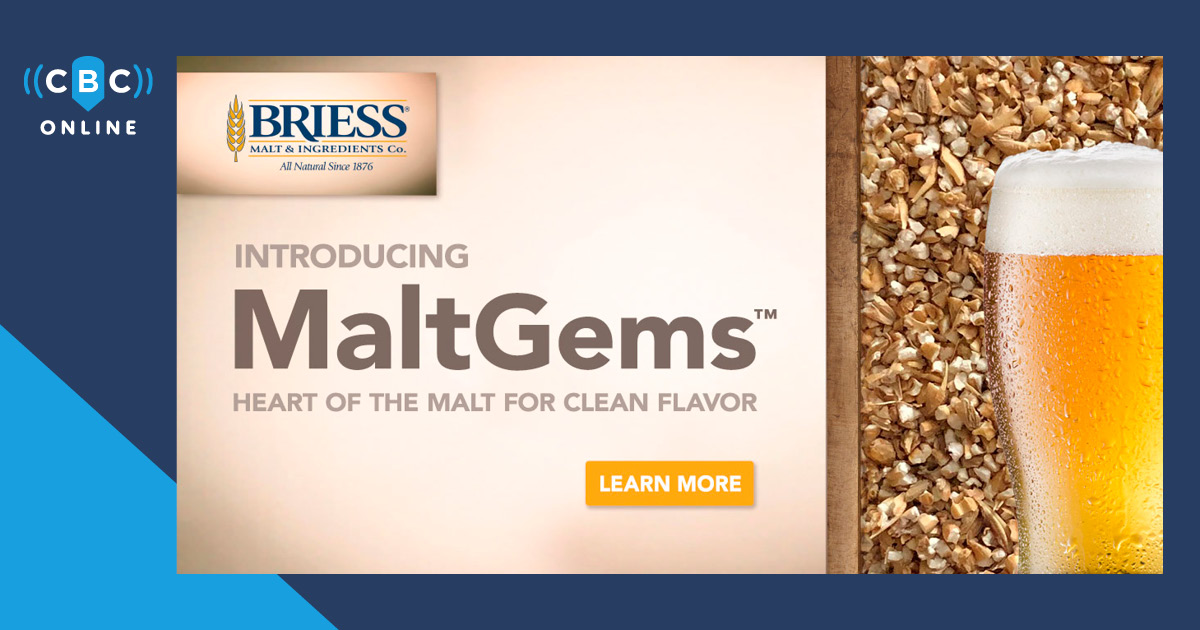In the modern brewing landscape, there is enormous pressure for every brewery to establish a distinctive identity and explore ways to differentiate themselves in the market. This pressure has led to a wide variety of innovative, non-traditional brewing ingredients and processes being used, some of which have potentially serious food safety consequences. Examples include potential allergen cross-contact, uncontrolled re-fermentation, compromised supply chain issues, and labeling requirements
If these efforts are not handled correctly, the brewery can run afoul of food-safety regulatory requirements and, worse, create the conditions that those regulations were designed to prevent. This risks exposure to both regulatory consequences, legal liability, and consumer backlash. This seminar guides you through a series of decision trees to assemble a food safety plan for a set of hypothetical brewery case studies that address major food safety issues that breweries face.
Learning Objectives:
- Develop an awareness of food safety hazards and risks
- Understand how to apply a formal hazard analysis when developing new products
- Recognize the basic requirements when handling:
- Allergens
- Non-alcoholic beverages
- Brewery by-products entering the human food chain


 Resource Hub
Resource Hub